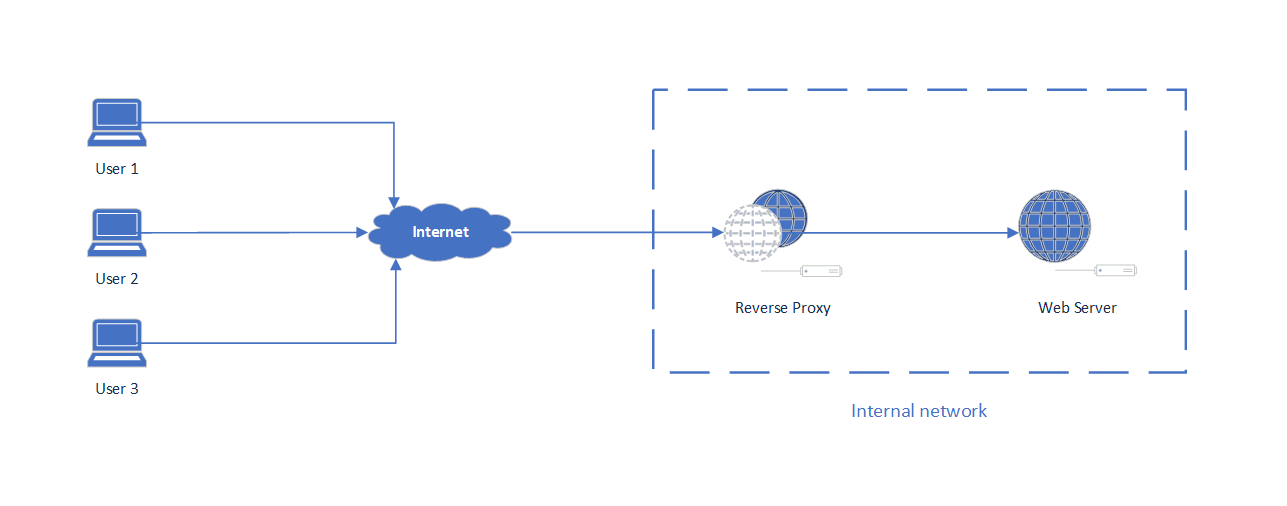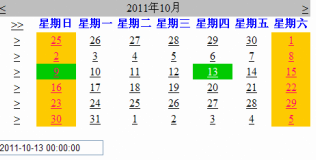通过以下方式之一定义方法,可以将参数发送至 Main 方法。
static int Main(string[] args)
static void Main(string[] args)
【备注】若要在 Windows 窗体应用程序中的 Main 方法中启用命令行参数,必须手动修改 program.cs 中 Main 的签名。 Windows 窗体设计器生成的代码创建没有输入参数的 Main。 也可以使 用 Environment.CommandLine 或 Environment.GetCommandLineArgs 从控制台或 Windows 应用程序中的任何位置访问命令行参数。
Main 方法的参数是表示命令行参数的 String 数组。 一般是通过测试 Length 属性来确定参数是否存在,例如:
if (args.Length == 0)
{
WriteLine("Hello World.");
return 1;
}
还可以使用 Convert 类或 Parse 方法将字符串参数转换为数值类型。 例如,下面的语句使用 Parse 方法将 string 转换为 long 数字:
long num = Int64.Parse(args[0]);
也可以使用别名为 Int64 的 C# 类型 long:
long num = long.Parse(args[0]);
还可以使用 Convert 类的方法 ToInt64 完成同样的工作:
long num = Convert.ToInt64(s);
示例
下面的示例演示如何在控制台应用程序中使用命令行参数。 应用程序在运行时采用一个参数,将该参数转换为整数,并计算该数的阶乘。 如果没有提供参数,则应用程序发出一条消息来解释程序的正确用法。
public class Functions
{
public static long Factorial(int n)
{
if ((n < 0) || (n > 20))
{
return -1;
}
long tempResult = 1;
for (int i = 1; i <= n; i++)
{
tempResult *= i;
}
return tempResult;
}
}
class MainClass
{
static int Main(string[] args)
{
// Test if input arguments were supplied:
if (args.Length == 0)
{
Console.WriteLine("Please enter a numeric argument.");
Console.WriteLine("Usage: Factorial <num>");
return 1;
}
int num;
bool test = int.TryParse(args[0], out num);
if (test == false)
{
Console.WriteLine("Please enter a numeric argument.");
Console.WriteLine("Usage: Factorial <num>");
return 1;
}
long result = Functions.Factorial(num);
if (result == -1)
Console.WriteLine("Input must be >= 0 and <= 20.");
else
Console.WriteLine("The Factorial of {0} is {1}.", num, result);
return 0;
}
}
以上就是本文的全部内容,希望本文的内容对大家的学习或者工作能带来一定的帮助,同时也希望多多支持!





